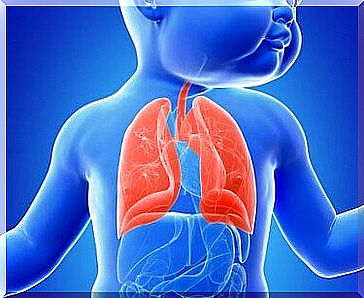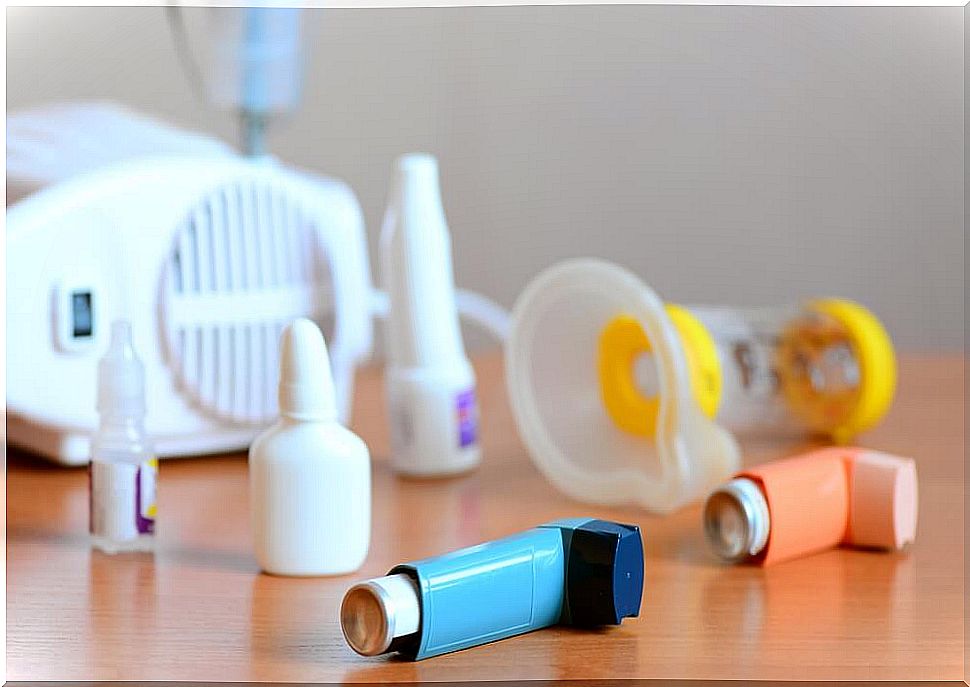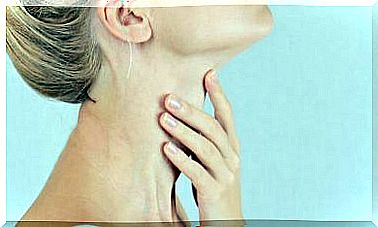Bronchiectasis: Everything You Need To Know
Bronchiectasis is an abnormal and irreversible dilation that affects the bronchi. In this pathology, the shape of the bronchi, which appear short and very wide, is altered. It can manifest at any age and symptoms usually appear gradually. Also, they tend to get worse over the years.
It implies difficulty in conducting air from the trachea to the bronchial tree due to the reduction of the lumen or diameter of these tubes.
Let’s see more below.
Symptoms of bronchiectasis
The most common manifestations that patients with this alteration present are:
- First, a continuous and chronic cough: the patient expels a large amount of sputum that has a characteristic bad odor. Also, hemoptysis (expulsion of blood during coughing) may occur.
- Also fatigue, tiredness and weakness that worsens when doing continued physical exercise.
- On the other hand, great difficulty in breathing: sometimes you can see a kind of hiss or very high-pitched sound that the air produces when it enters the respiratory tract.
- Finally, paleness and general malaise.
Causes of bronchiectasis

In general, severe or recurrent respiratory infections are the most common cause. Other causes can be: cystic fibrosis, certain autoimmune disorders, inhalation of toxic substances, inherited disorders such as primary ciliary dyskinesia, among others.
Bronchiectasis due to a complication of another pathology
It usually appears in those diseases that cause the weakening of the elastic support of the muscles of the lung wall. The most frequent pathologies that occur with bronchiectasis are:
- Asthma.
- Bronchitis.
- Cystic fibrosis.
- Severe pneumonia
- Cystic fibrosis.
- Pulmonary tuberculosis.
- Bacterial infections.
- Chronic obstructive pulmonary disease (COPD).
- Immunodeficiencies (they favor the development of respiratory infections).
- Lung tumors (reduce lung capacity by compressing structures).
- Aspiration of foreign bodies (they are lodged in the bronchi and block the passage of air).
Types of bronchiectasis

We can differentiate two subtypes of bronchiectasis depending on the affected area:
- On the one hand, unilateral: the disease only affects one lung of the patient.
- On the other hand, bilateral: the alteration has spread to both lungs of the individual.
In both cases the condition appears more frequently in the lower region of these organs. The greater the extension of the affected area, the greater severity and vital compromise the patient presents.
Another way to classify bronchiectasis is according to the final shape of the bronchi:
- Cylindrical: the images show some “closed” bronchi abruptly and without ramifications. Also, the smaller bronchi contain inflammatory exudate.
- Varicose: some bronchi appear inflamed while others are contracted
- Saccular: in this case the bronchi do not show the damage of the disease to the naked eye. However, under the microscope the medical team can appreciate the destruction, inflammation and secretion of this region.
Diagnosis of bronchiectasis
Usually the techniques used for its identification are the following:
- Chest X-ray: it is a test in disuse, since technological advances have allowed the development of other imaging techniques with higher resolution. The characteristic finding is that there is a black area due to lack of air.
- Computerized Axial Tomography (CT): the image is of high quality, in this way the medical team can identify this problem with greater confidence.
- Other tests. Other tests may be recommended to study the underlying disease in acquired bronchiectasis.
Treatment of bronchiectasis

Currently it not has been yet developed an effective cure for this disorder. However, the medical team can administer medications and even recommend surgery if necessary to improve the patient’s life.
The most widely used pharmacological spectrum for the treatment of bronchiectasis includes antibiotics, bronchodilators and expectorants:
- First, antibiotics treat bacterial infections, a common complication of this disease.
- Next, bronchodilators, which expand the airways.
- Lastly, the expectorants. These promote the expulsion of sputum.
Important notes:
- The surgical procedures are performed only in the most serious cases and consist of the removal of the affected lung. However, it should be noted that there is a tendency to have a conservative attitude in this regard.
- In no case is it advisable to resort to natural remedies or self-medication, as this can be extremely risky. Therefore, when you have concerns, it is best to always consult with the professional.
Regarding prevention, it can be said that the practice of good lifestyle habits contributes significantly to well-being. Thus, eating a balanced diet, performing daily physical activity, avoiding smoking, alcoholism, among other harmful habits, helps reduce the risk of suffering from health problems, such as bronchiectasis.









